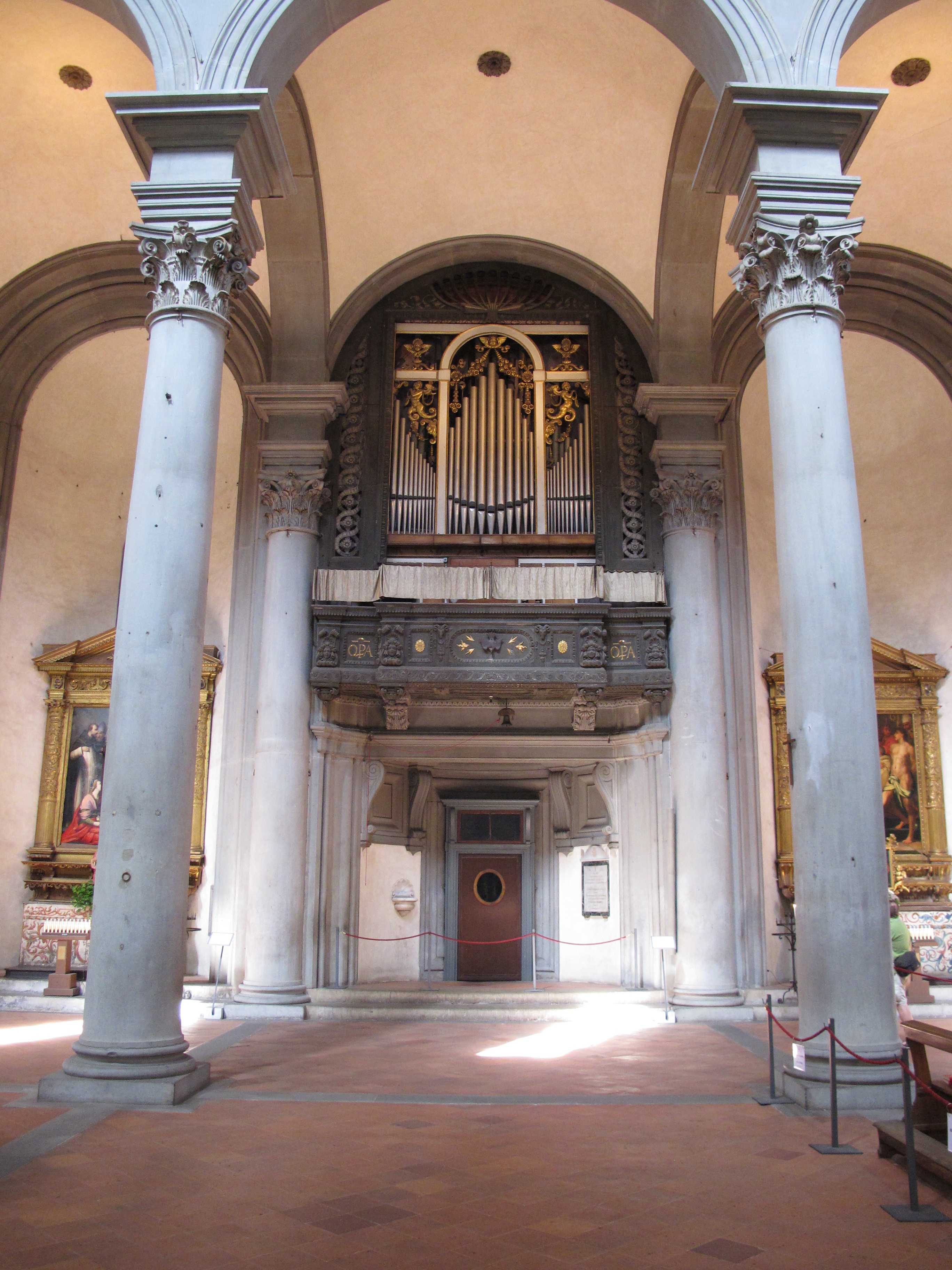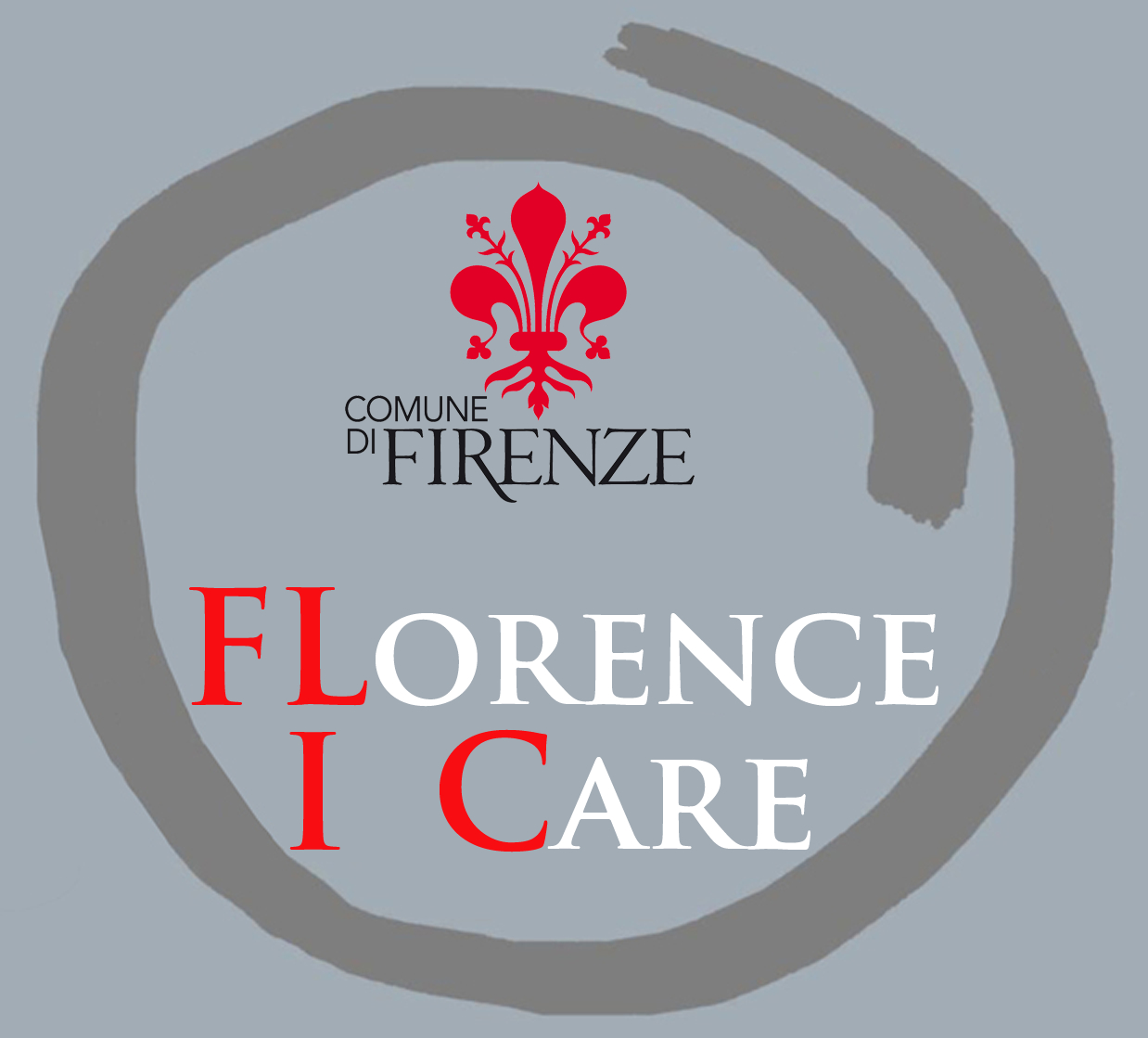Basilica di Santo Spirito
Opere edili di risistemazione della struttura muraria che ospita l'organo settecentesco

“La musica esprime ciò che è impossibile da dire e su cui è impossibile tacere”.
Victor Hugo
La Chiesa di Santo Spirito, considerata l'ultimo capolavoro del Brunelleschi, è caratterizzata da una facciata estremamente semplice ed elegante. Eretta su una struttura medievale, Santo Spirito è una basilica a tre navatecon pianta a croce commissa (latina) circondata da cappelle semicircolari.
Valore dell’intervento/Value of intervention: € 96.000,00
Durata dei lavori/Time Line: 180 giorni/days
Tipologia dell’intervento:L'intervento riguarda il percorso per accedere all'organo della basilica di S. Spirito ed alle sue componenti meccaniche. Si tratta di una scala che dal vestibolo porta alla quota dell'organo e proseguendo, attraverso uno spazio distributivo, si accede a destra alla cella organaria, poi alla postazione dell'organista e successivamente ad un vano dove è collocato il mantice dell'organo. Tali ambienti necessitano di opere di restauro relative alle superfici intonacate, ai soffitti in struttura lignea e in parte voltati, alle superfici calpestabili in cotto e in pietra e agli infissi (porte e finestre) compreso un impalcato con scalette in legno presente nello spazio distributivo.
Type of intervention: the intervention concerns the pat to access the organ of the Basilica of S.Spirito and its mechanical components.This path is composed of the stairs and a distribute room. The stairs lead from the vestibule to the floor where is based. Following the path, the distribute room allows to enter to the right of the organ cell, to the position where the musian sits, and furthermore to a vane where the bellows of the organ is located.. These areas require restorative measures. In particular, these measures will affect the plastered surfaces, the wood ceilings, the floors made in cotto and the stone tiles, and the windows fixtures, including the deck with wood stairs in the distribute room. Particular attention shall be paid to the disinfestation of the wood components and the related anti-woodworm treatment..
Attractiveness: high, for the possibility of installation of storage space outside of the construction site in Piazza Santo Spirito in Florence.
Notizie storico-artistiche: l’organo ha un fronte suddiviso in tre campate, entro le quali sono presenti molte decorazioni, ai loro lati si trovano due eroti con gambe terminanti a volute vegetali, mentre in posizione sovrastante ad ogni campo si trova una protome alata. Prima dell’attuale organo esisteva nella chiesa un grande strumento ricordato dai documenti fin dal 1690, mentre non esistono molte fonti al riguardo all’esatta data di costruzione dell’attuale organo. I suoi elementi costruttivi, la composizione fonica, le canne di facciata a tre campate in zinco stagnato con bocche riportate di ottone, lo fanno attribuire alla ditta Agati-Tronci, che molto probabilmente lo ha realizzato nell’ultimo decennio del XIX secolo.
Historical and artistic information: the organ has a three aisle-front division, provided with decorations. Two Erotes are placed at each side of each aisle and are characterized by their legs ending with a voluta vegetale. Whereas, on the top of each aisle, a winged protome is located.There are no precise documentations about the exact date in which the organ has been built. However, there is trace of a large instrument in the Basilica since the 1690. There are trace of a large instrument in the Basilica since 1690, however there are not precise information about the exact date in which the actual organ has been built. Based on the constructive elements of the organ, the phonic composition, the pipes of the three-aisle façade made in tin zinc with brass mouth, it is suggested the organ has been made by the Agati-Tronci firm, probably about the XIX century.
- ricerca dati:link n. 1
